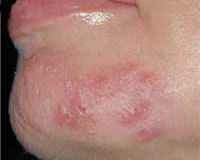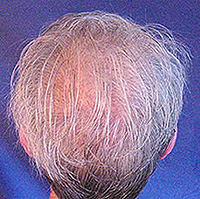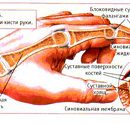Atopic dermatitis (blood pressure) - chronic genetically determined inflammatory lesion of skin of allergic nature. It can be caused by several and even a lot of factors - allergens entering the child's nutritional body (with products), contact (when contacting the skin with clothing)...
Content
Atopic dermatitis is usually evolving in early childhood (most often — in 2-3 months) and passes to 3-4 years, but may remain for life.
The risk of developing atopic dermatitis increases in hereditary predisposition to allergic reactions, and also if the future mother eats a large number of allergens (for example, citrus, strawberries, etc.), especially in the last trimester of pregnancy.
What's happening?
Atopic dermatitis — it's not skin disease. This is a manifestation of internal problems in the body of the child and the immaturity of its gastrointestinal tract. The situation is as follows. Some substances falling into the body are not absorbed: cannot be digested in the intestines, neutralized liver, or withdrawn by the kidneys and lungs. These substances, as a result of certain transformations, acquire the properties of antigens (alien substances for the body) and cause the production of antibodies. Antigen antigen complexes provoke the appearance of rash.
Another option: Pregnant woman contacted (ate, smeared, breathed) with some «malware». Consumed chocolate, for example. Cocoa protein caused the appearance of antibodies from the fetus. In the later, when a child eats chocolate, antibodies react and rash appears. Any allergic rash— This is a consequence. Cause— Contact of the body with certain substances that are for this body are allergy sources— Allergenami.
Allergen has the opportunity to get into the child's body in three natural ways:
- While eating and drinking — Food allergies (most frequent);
- With the immediate effect of allergen on the skin— Contact allergy. For example, skin changes appeared after parents have folded the baby's things with a new washing powder;
- In the process of breathing — Respiratory or Respiratory Allergy.
Often find specific guilty allergies.
As manifest?
The appearance of the first signs of atopic dermatitis contributes to the eating proteins of cow milk proteins (usually with the introduction of mixtures), as well as eggs, citrus, strawberries, strawberries, oatmeal and other kolas. If the baby is on breastfeeding, then diathesis can manifest itself as a result of the use of nursing mother of these products. Less often rash occurs when socks of clothing, washed with washing powder.
 Atopic dermatitis proceeds with exacerbations and remissions. Exacerbations of skin manifestations can be caused by both a diet impairment and a sharp change of weather, concomitant diseases, dysbacteriosis, vaccinations and T.D. At the same time, the journey to the sea can significantly improve the child's condition.
Atopic dermatitis proceeds with exacerbations and remissions. Exacerbations of skin manifestations can be caused by both a diet impairment and a sharp change of weather, concomitant diseases, dysbacteriosis, vaccinations and T.D. At the same time, the journey to the sea can significantly improve the child's condition.
The most frequent manifestations of atopic dermatitis are redness, dryness and peeling of the cheeks (redness can decrease or completely disappear when it goes to the cold, and then renew). From an early age, such kids may have a total dry skin, long non-disappearing diameters in skin folds, especially in the crotch and buttocks. On the scalp is formed «Dairy crust», or gneiss (scales that glue the secret of the sebaceous glands). Various rashes can develop, itching nodules filled with transparent content (journalus), mocking skin.
So children are also characterized «geographical» Language (in the language there is a plaque, exhausted with a variety of lines), protracted conjunctivitis, rhinitis. ARVI often proceeds with obstructive syndrome (problems with breathing tracks) or with false croup (inflammation of the larynx), problems with a chair (constipation or diarins) may arise. Body weight often increasing uneven.
By the end of the second year of the manifestation of atopic dermatitis, they are usually softened and gradually disappear, but some children can grow into serious allergic diseases, such as bronchial asthma, allergic rhinitis. That is why it is imperative to help a small body to survive this period with a minimum risk and get out of this state.









